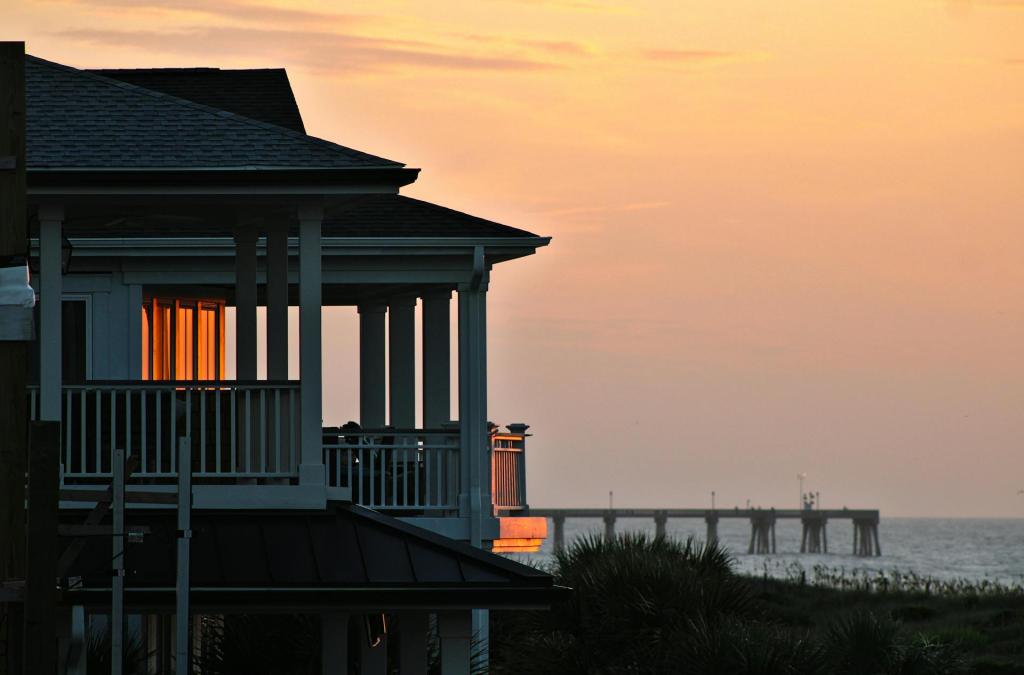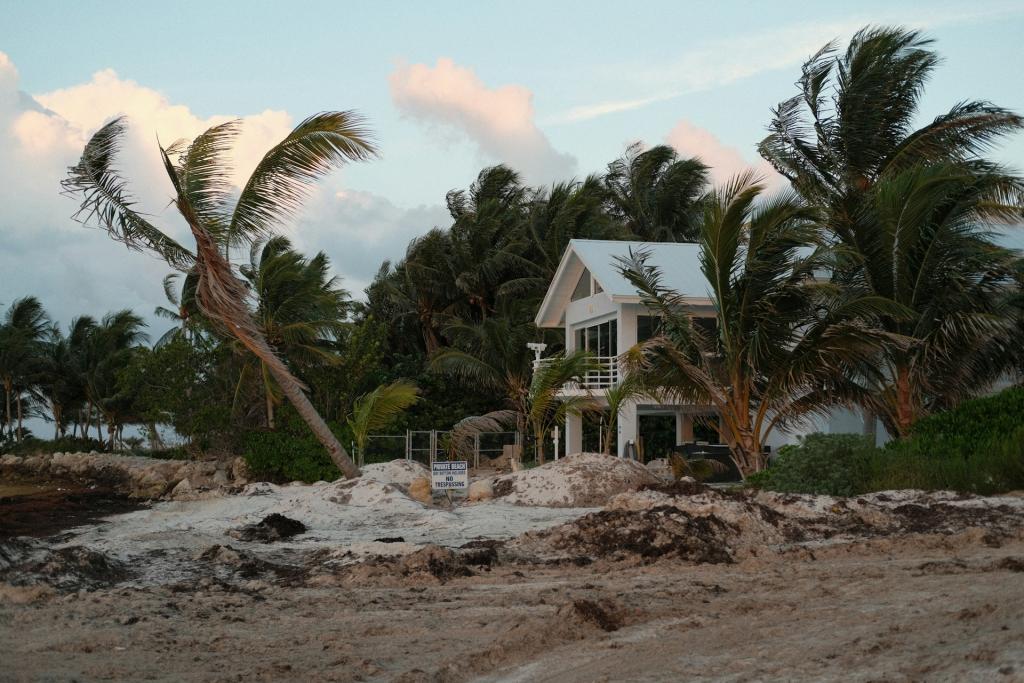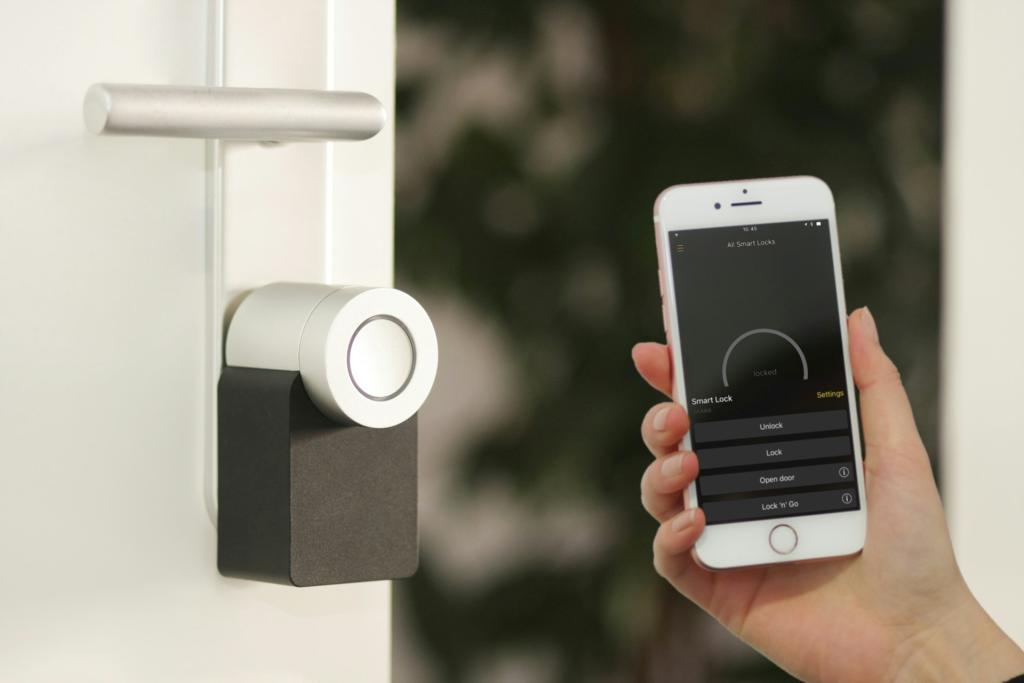
As the peak season winds down and a quieter calm settles over the coast, it’s time to start planning to protect and secure your beach home for the offseason. By taking proactive steps, you can ensure your coastal retreat remains both protected from the elements and secure from intruders.
Here are essential ways to protect and secure your beach home until your return.
Part 1: Protecting Your Home from the Elements

This focuses on preventing damage from weather, humidity, and system failures.
- Prevent Water Damage: Your first and most critical step is to shut off the water at the main supply line. Salt air accelerates pipe corrosion, making leaks a major risk. A small leak in an empty house can lead to catastrophic flooding, structural damage, and mold.
- Control Indoor Humidity: Humidity is the primary enemy of a closed-up beach house. Set your A/C to a “dehumidify” or “auto” setting around 78∘F (26∘C). This prevents mold and mildew from growing on walls, furniture, and fabrics. A smart thermostat is an excellent tool for remotely monitoring and adjusting humidity levels.
- Secure the Exterior for Inclement Weather: While hail can physically damage outdoor items, high winds can turn them into dangerous projectiles. Move all patio furniture, grills, planters, and umbrellas into a garage or shed. If you can’t store them, secure them to a deck or permanent structure. Ensure any storm shutters are in good working order.
- Protect Electronics from Power Surges: Coastal storms often cause power surges. Unplug all non-essential electronics, including televisions, computers, microwaves, and small appliances, to prevent damage.
- Avoid Spoilage and Odors: To prevent issues from a potential power outage, empty your refrigerator and freezer. Prop the doors open slightly with a towel to allow air to circulate, which prevents musty odors and mildew growth.
Part 2: Securing Your Home Against Threats

This focuses on deterring intruders and preventing pest infestations.
- Reinforce and Lock All Entry Points: Double-check that every window and door is securely locked. Due to the corrosive environment, inspect your hardware and consider investing in high-quality, corrosion-resistant locks. Closing all blinds or curtains prevents people from looking inside and adds another layer of security.
- Create an Occupied Appearance: A home that looks lived-in is less likely to be targeted. Use automatic timers to turn lights on and off in the evenings. Crucially, stop all mail and package deliveries, as a pile-up on the porch is a clear sign the home is vacant.
- Remove All Pest Attractants: A thorough cleaning is a key security measure against insects and rodents. Vacuum the entire house to remove crumbs and sand, and store any non-perishable food in airtight, rodent-proof containers. Remove all trash from the property before you leave.
- Enlist a Trusted Neighbor: Your most valuable security asset can be a neighbor who lives in the area year-round. Give them a key for emergencies and your contact information. Ask them to keep an eye on the property and, after any major storm, conduct a quick walk-around to check for visible damage or signs of a break-in.
Taking a day to prepare your coastal retreat for the offseason properly is a small investment that protects your property, maintains its value, and ensures it will be ready for you to enjoy when the sunny season returns.

